Provide you with the latest enterprise and industry news.
China Custom Deep Water Jet Aerator Manufacturing Company
Eutrophication, characterized by an overabundance of nutrients causing excessive plant growth and subsequent oxygen depletion, poses a significant threat to aquatic ecosystems worldwide. The management of this phenomenon requires innovative and effective solutions, and among the various technologies employed, Deep Water Jet Aerator has demonstrated its potential to mitigate the impacts of eutrophication. This article delves into the role of Deep Water Jet Aerators in the treatment of eutrophication, highlighting their mechanisms of action and the benefits they offer in restoring water quality.
Deep Water Jet Aerators are engineered to introduce oxygen into deep water bodies, a process that is essential for maintaining a balanced ecosystem. By increasing the dissolved oxygen levels, these aerators counteract the hypoxic conditions that often result from eutrophication. The enhanced oxygen availability supports the survival of aerobic organisms, which are crucial for the breakdown of organic matter and the recycling of nutrients within the water body.
One of the primary functions of Deep Water Jet Aerators in eutrophication management is the promotion of vertical mixing. This mixing action helps to distribute nutrients more evenly throughout the water column, preventing the stratification that can cause anoxic conditions in deeper layers. The uniform distribution of nutrients reduces the likelihood of algal blooms, which are a common consequence of eutrophication and can further deplete oxygen levels through their decomposition.
The design of Deep Water Jet Aerators also plays a critical role in their effectiveness against eutrophication. These devices are typically constructed with robust materials that can withstand the harsh conditions often found in eutrophic environments. Their durability ensures a long service life, reducing the need for frequent maintenance and replacement, which can be both costly and disruptive to the water body.
Moreover, Deep Water Jet Aerators are highly adaptable to various water body sizes and depths. This adaptability allows them to be effectively deployed in a range of settings, from small ponds to large lakes and reservoirs. Their versatility is further enhanced by the ability to adjust the intensity of aeration, allowing operators to tailor the treatment to the specific needs of the water body.
In addition to their direct impact on oxygen levels and nutrient distribution, Deep Water Jet Aerators also contribute to the overall health of the aquatic ecosystem. By supporting the growth of beneficial microorganisms and macroinvertebrates, these aerators help to establish a more diverse and resilient community. This biodiversity can further aid in the natural control of algal populations and the maintenance of water quality.
The use of Deep Water Jet Aerators in eutrophication management also aligns with broader environmental sustainability goals. By reducing the reliance on chemical treatments, which can have unintended consequences for aquatic life, these aerators offer a more environmentally friendly approach to water quality management. Furthermore, their energy-efficient design can contribute to lower operational costs and a reduced carbon footprint.
In conclusion, Deep Water Jet Aerators play a multifaceted role in the mitigation of eutrophication in aquatic environments. Their ability to increase dissolved oxygen levels, promote vertical mixing, and support a diverse ecosystem makes them a valuable tool in the fight against this pervasive environmental issue. As the need for sustainable and effective water management solutions grows, the continued development and deployment of Deep Water Jet Aerators will be instrumental in preserving the health and vitality of our water bodies.


 中文简体
中文简体 English
English Español
Español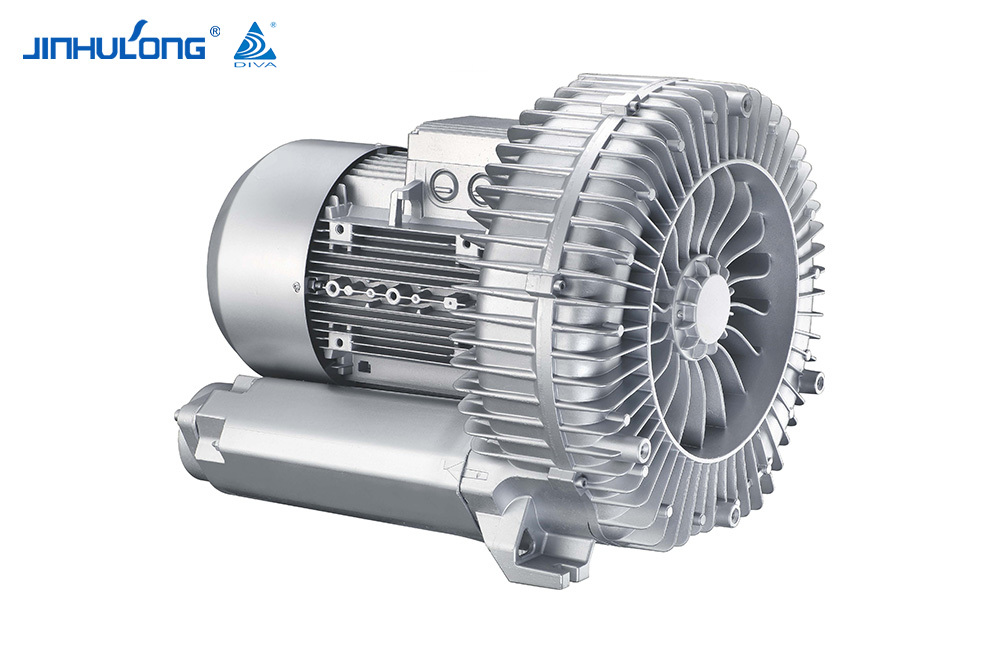
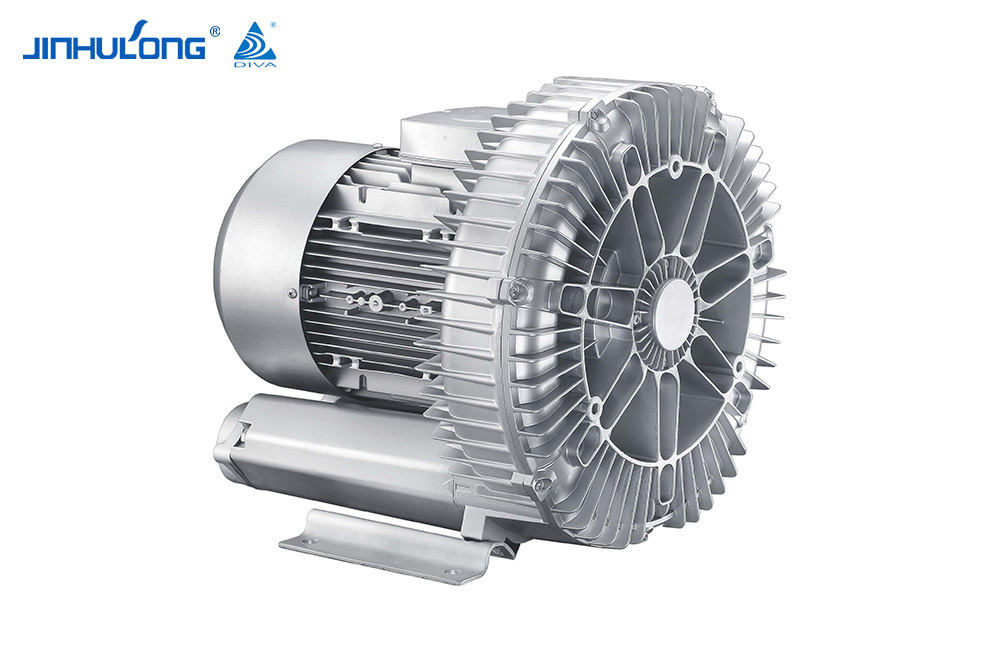
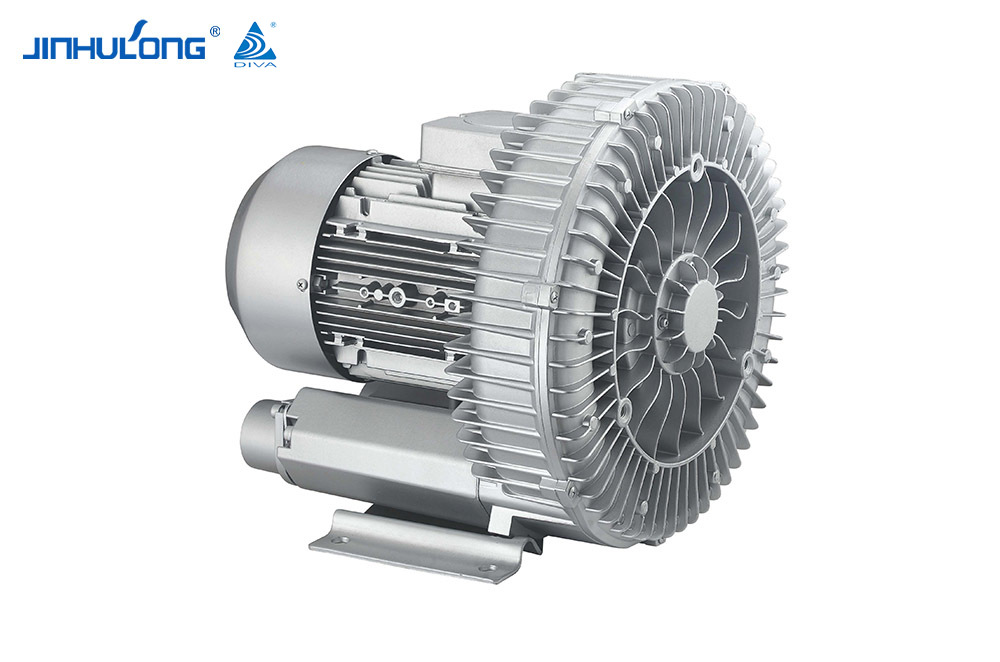
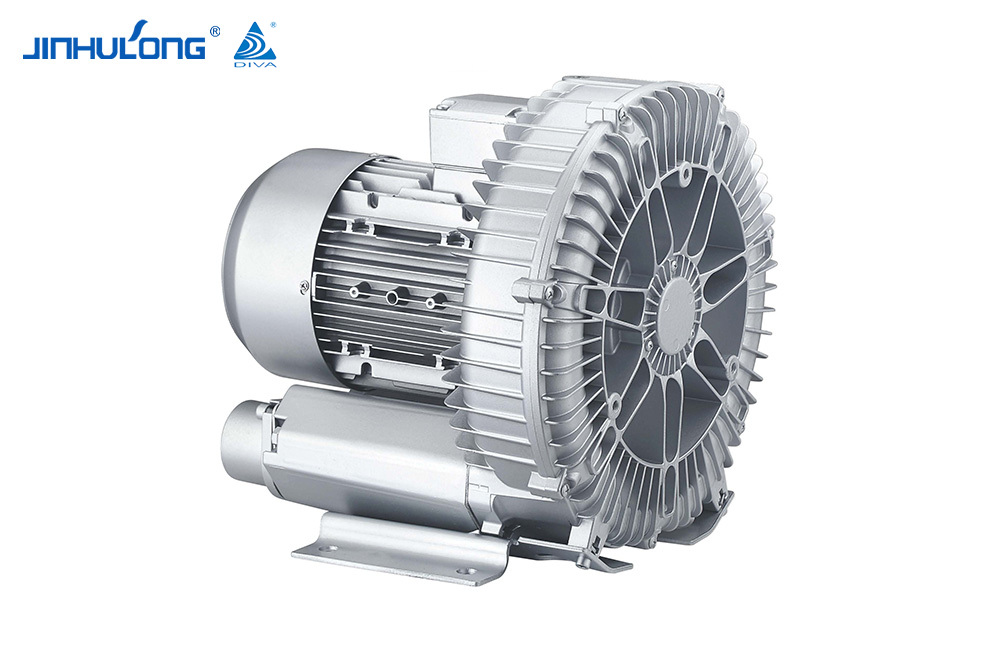
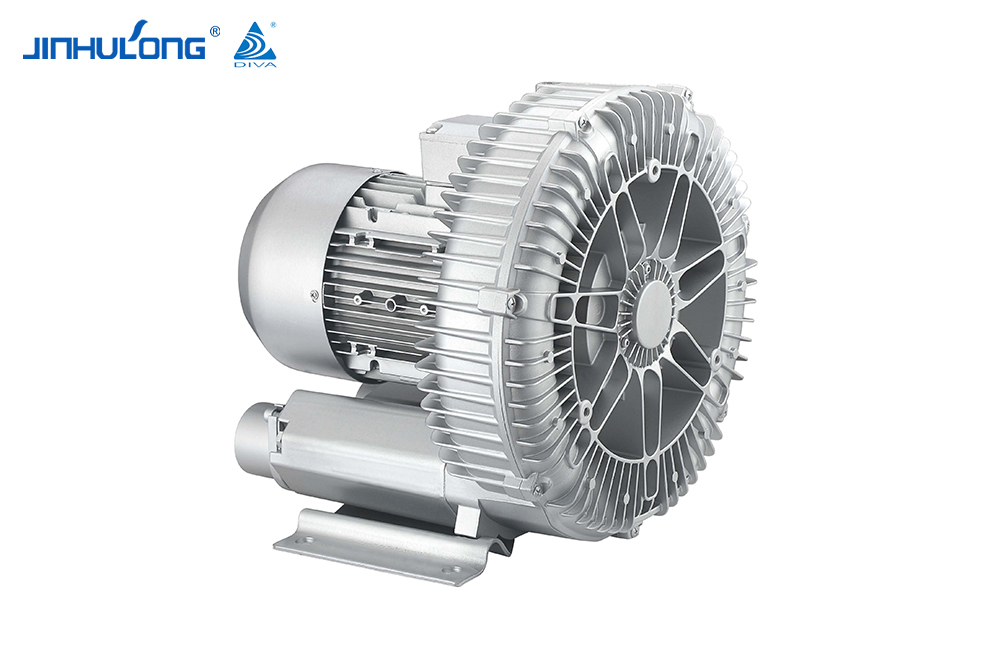
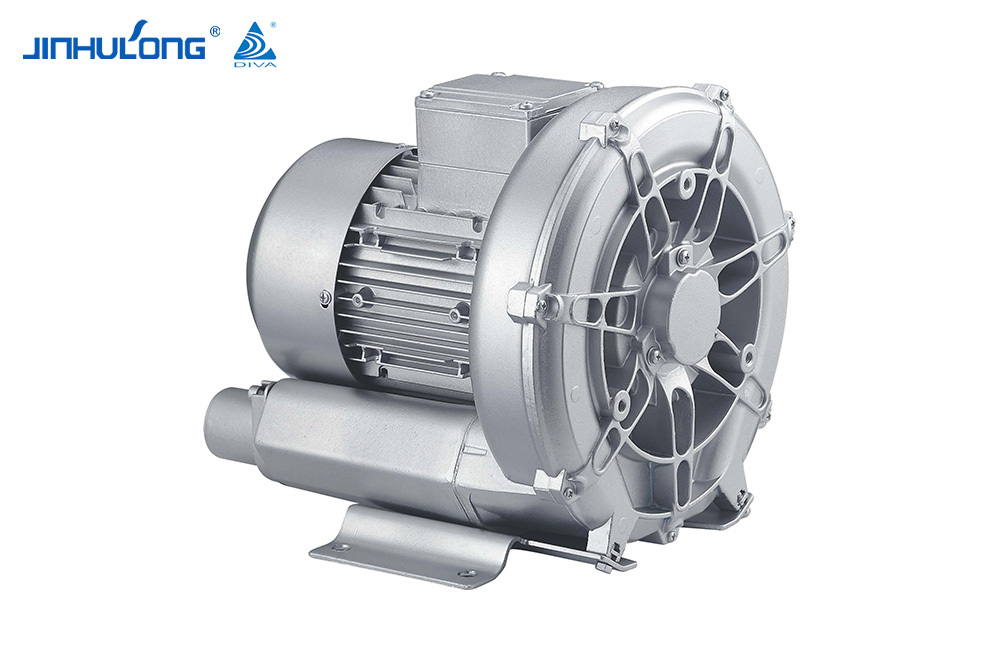
 0086-576-84893666
0086-576-84893666  0086-15757686666
0086-15757686666  sales@jinhulong.com
sales@jinhulong.com  Tangshan Chen, Shabu Town, Huangyan, Taizhou, Zhejiang
Tangshan Chen, Shabu Town, Huangyan, Taizhou, Zhejiang 
